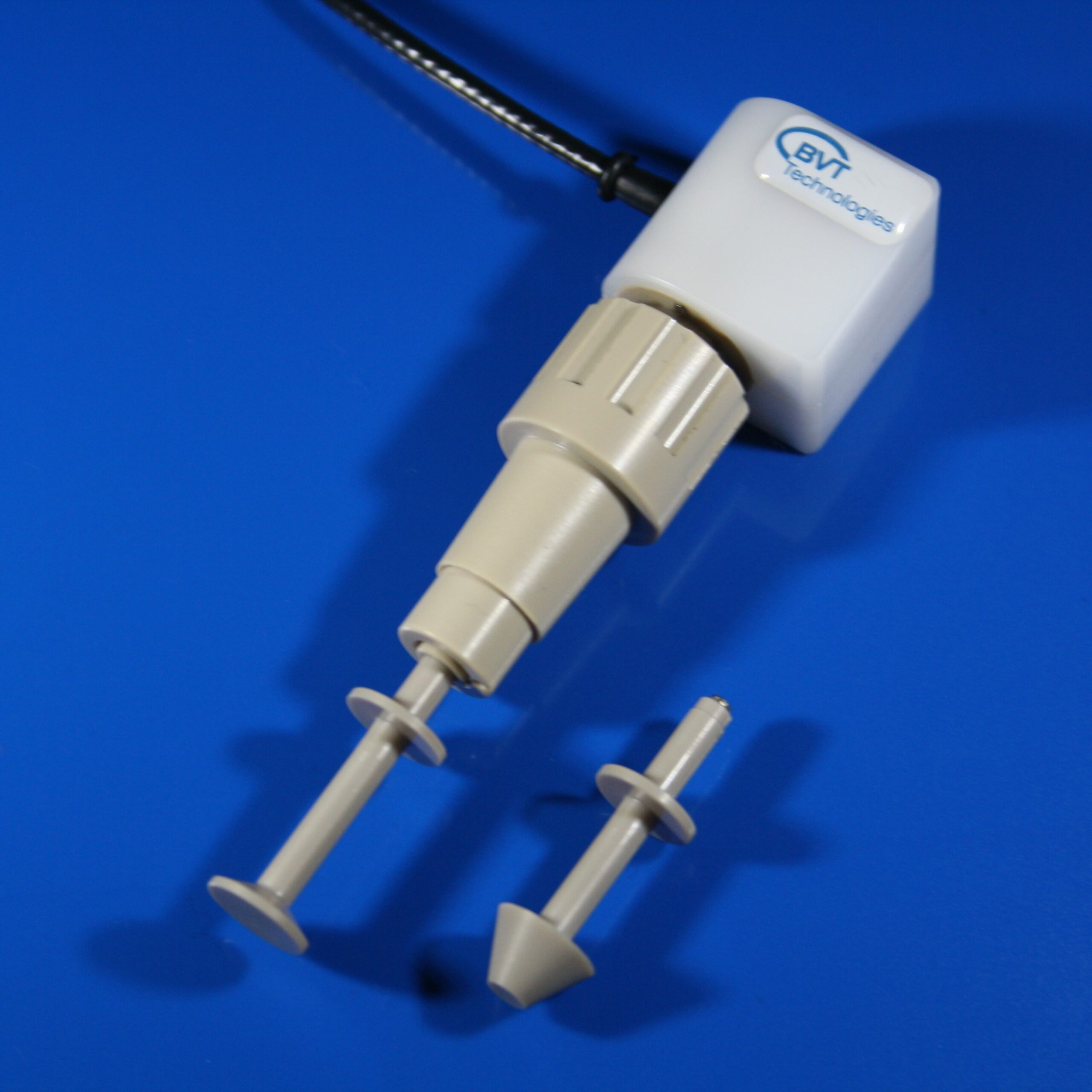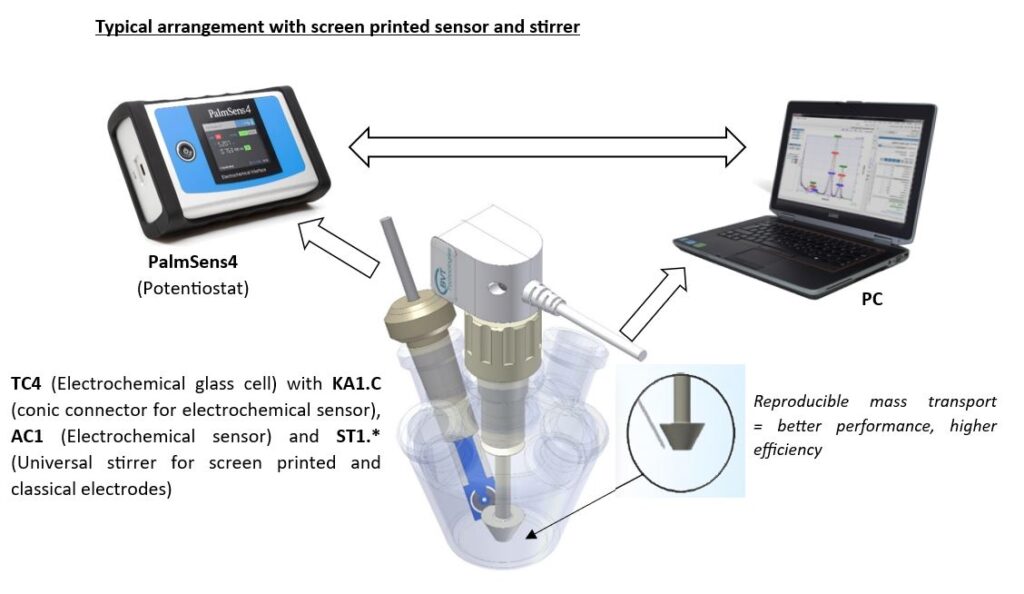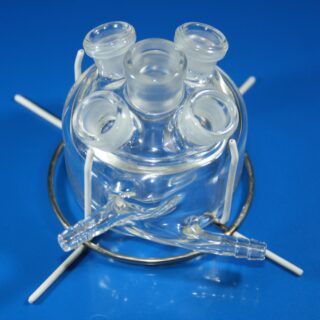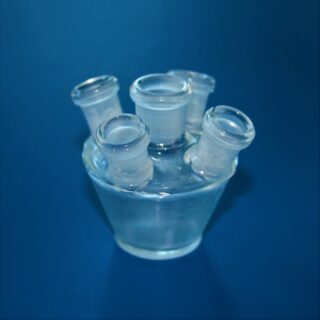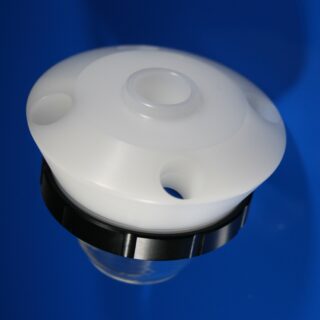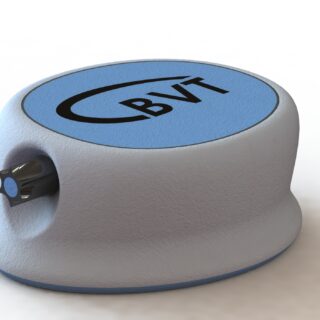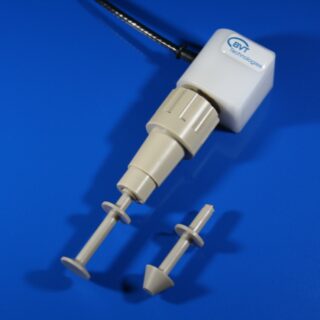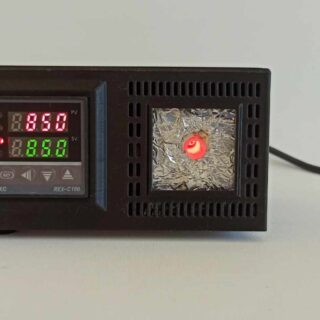Category
- CUSTOMER SERVICES
- NEW PRODUCTS
- Sensors and electrodes
- Custom made and Modified Screen Printed Electrodes
- Stirrers
- Cables and connectors
- Cell
- Potentiostats
- Manual Screen Printer
- Minithermostat
- Pumps
- Accessories
- Kits & Sets
- Discounted SPEs (at a reduced price with visual defects/inconsistancies, but fully functional)
ST3 Universal Stirrer for screen printed and classical electrodes
- Precision Maxon motor with gearbox and encoder
- ST3 is controlled by PC software
- ST3 allows the solution to be mixed and particles to be optimally transferred to the surface of the printed or conventional electrodes
- The construction of stirrer assures the optimum mass transport with the minimum hydrodynamic noise.
- Stirrer is manufactured from quality and suitable chemical measurements.
- Revolution range: 20-1300 rpm (with resolution 1 rpm)
You may also like…
-
TC5 Electrochemical Glass Cell
Read moreBorosilicate glass cell serves for electrochemical measurements. The cell is jacketed.
The analyzed solution can be thermostated by external thermostat.
Cell openings are designed for electrochemical sensors connector KA1.C, classical electrodes WCEc, ACEc, RCEc and stirrer ST1, ST3 separately.
-
TC9 Electrochemical Glass Cell
Read moreBorosilicate glass cell serves for electrochemical measurements.
The analyzed solution can be thermostated by external thermostat MT1-1.
Cell openings are designed for stirrer ST9 or mini RDE and connector KA9.s with folder for electrochemical sensor AC9C, classical electrodes WCEc, ACEc and RCEc. The device enables the measurement with inserted samples.
-
TC4 Electrochemical Glass Cell
Read moreSimple borosilicate glass cell serves for electrochemical measurements.
The temperature of the analyzed solution can be controlled when placing the cell in MT1-1 minithermostat.
Cell openings are designed for electrochemical sensors connector KA1.C, classical electrodes WCEc, ACEc, RCEc and stirrer ST1, ST3 separately.
-
TC6 Electrochemical Glass Cell
Read moreBorosilicate glass cell serves for electrochemical measurements.
The analyzed solution can be thermostated by minithermostat MT1-1.
Cell openings are designed for electrochemical sensors connector KA1.C, classical electrodes WCEc, ACEc, RCEc and stirrer ST1, ST3 separately.
The device enables the measurement with inserted samples.
Related products
-
Single Seat Magnetic Stirrer
Read moreSingle-seat magnetic stirrer without heating used to stir liquids with a stirring bar.
The mixing speed can be changed continuously using the rotary control: 0-255 rpm. Lightweight and easily portable, suitable for mixing liquids with a volume of up to 1 l. The magnetic stirrer includes a connector connected to a 12 V power supply.
Original design of the magnetic stirrer in two colours. Upon agreement, it is possible to produce magnetic stirrers in colours according to the customer’s wishes.
The single-seat magnetic stirrer includes two glass magnetic stirring bars (1 piece of type GMS.1 and 1 piece of type GMS.2 below). It is possible to buy more pieces of glass magnetic stirring bars.
-
ST1.* Universal Stirrer for screen printed and classical electrodes
View products- The universal stirrer ST1 uses a common micro DC motor
- ST1 allows the solution to be mixed and the particles to be optimally transferred to the surface of the printed or conventional electrodes.
- The construction of stirrer assures the optimum mass transport with the minimum hydrodynamic noise.
- The supply voltage 0 – 5 V and the maximum current of 450 mA mean that it can be used as a USB device.
- The stirrer is manufactured from quality materials and suitable chemical measurements.
- Revolutions range: 120 – 12 000 rpm
-
Activation furnance for electrochemical sensors
Read moreThe activation furnance is a device used for curing individual sensors of the AC1 type. At a defined temperature (up to 1000 °C) depending on the electrode and sensor materials. When the sensor is cured, the surface of the electrodes is cleaned from surface oxides and organic impurities, which results in regeneration of the sensor or its activation. In this way, for example, old sensors with immobilized enzyme layers can be cured for reuse – see example at the end ot the document.

